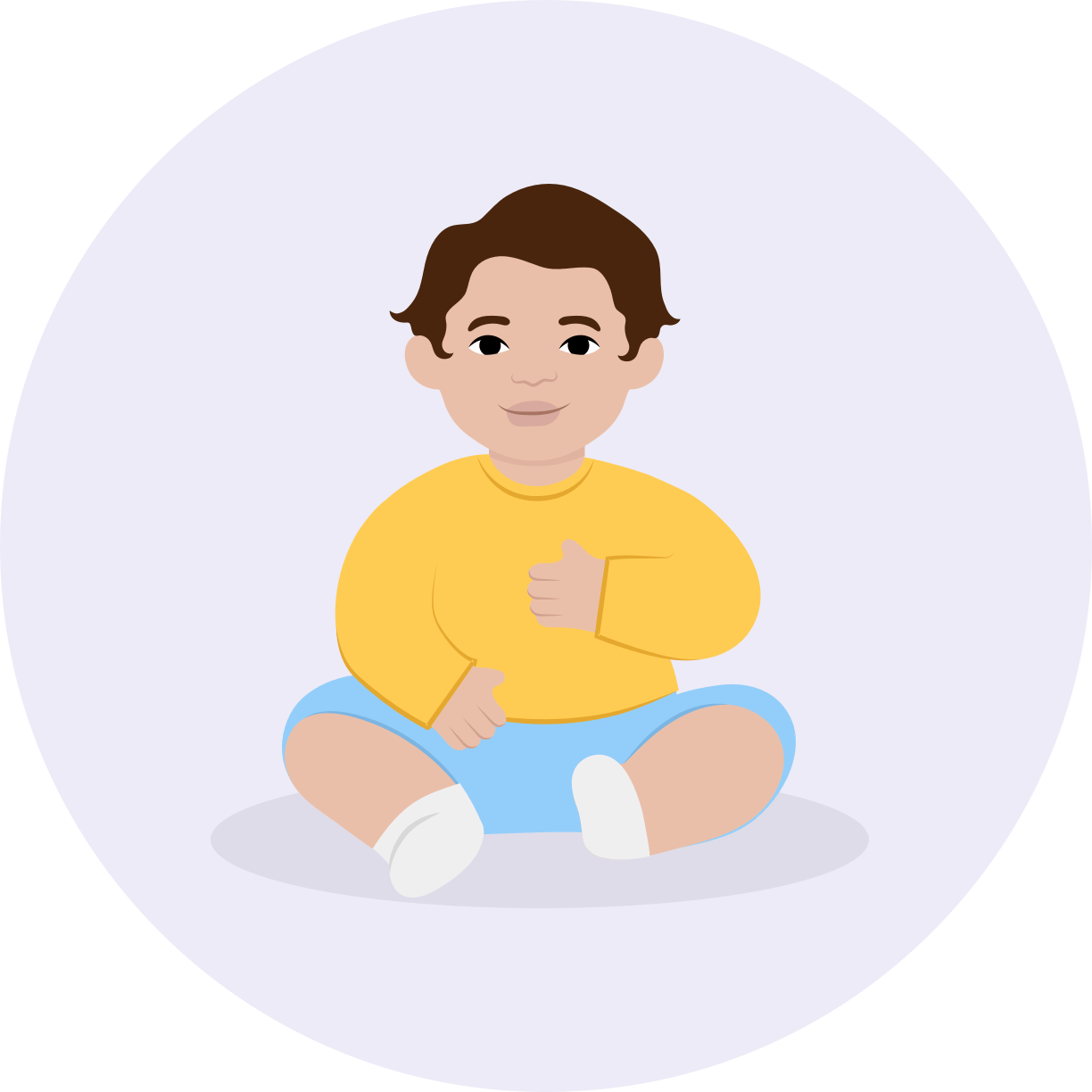How do young children learn about race?

Like other parts of children’s development, learning about race begins very early — even before they’re walking and talking — and continues throughout childhood.
Children are active learners. From infancy, their brains are tracking what they observe and learning from their surroundings. They are forming and testing ideas about how the world works. This is why some scholars call them ‘little scientists’!
Children of all racial backgrounds are seeing, hearing, and feeling lots of messages about race in their environments and are picking up on racial patterns and stereotypes, even if adults don’t think they’re noticing.

Seeing: Starting early, children notice & express curiosity about our visible differences associated with race, like our different skin colors, hair textures, and facial features. Adults are powerful models. Children see who we hang out with, who visits their home, whom we hug. They notice the body language that communicates our warmth and trust and our tension and distrust with people who look similar to and different from us. As children grow and spend more time outside the home, they pick up on racial patterns in the world around them – like who lives where, and who does which jobs.
Hearing: Even before they are able to respond to us with their own words, children are learning from what we say. Children hear the words we use and the tone of our voice when we talk about and to other people. They also notice what we DON’T say – when we shush an observation about someone’s skin color, when we insist that “everyone is equal” while ignoring how people are treated differently, and often unequally, based on their racial identities. They also overhear a lot of reports and conversations about what is going on in the world – often more than we think they’re picking up.
Feeling: Children are also making observations via their feelings about their experiences. The people and objects in children’s environments send messages about who belongs and who is “other.” For example, being the only child of color in a preschool classroom can feel isolating; having a doll with your hair texture or seeing your traditional foods represented in a picture book can feel validating. Through their relationships, children learn who they can trust, play with, and love. These emotional experiences impact young children’s developing sense of self and others.
Illustrations by Tyler Mishá Barnett
Wait, there's more!
Check out the whole Color-Brave Caregiver Framework and Practices. Find PDFs of the framework and practices in English and Spanish at the bottom of each page.


